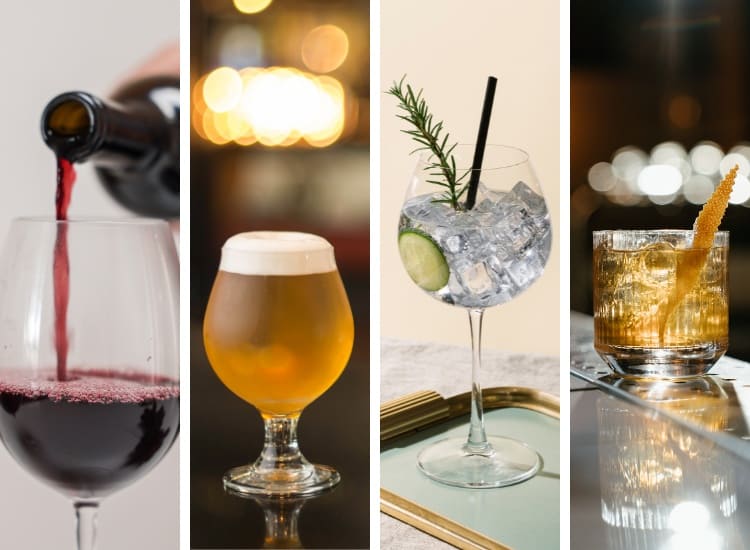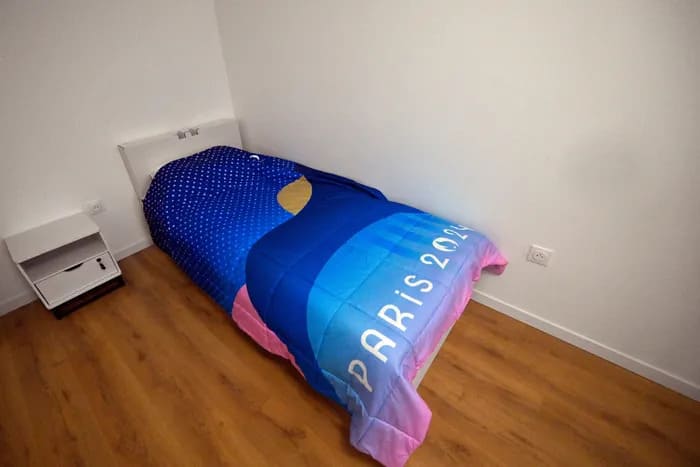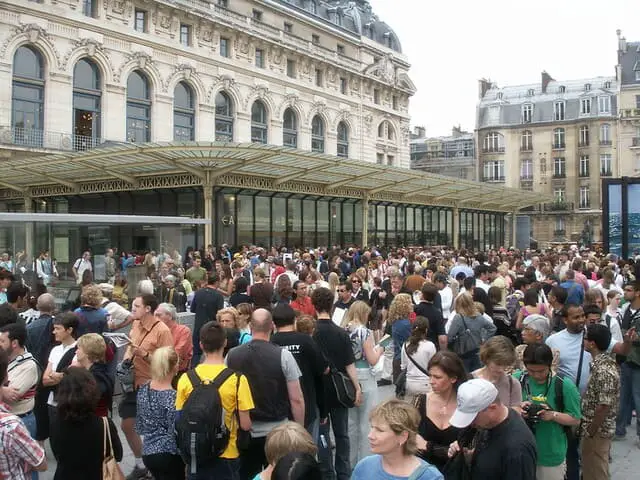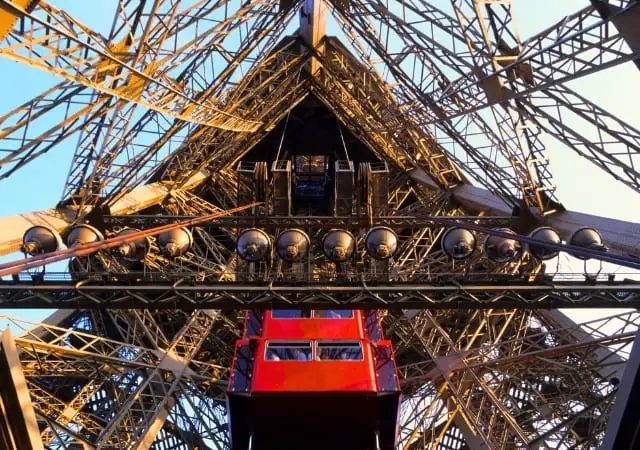For many Americans, the Netflix series Emily in Paris has sparked dreams of a perfect trip to the City of Light. The show, which premiered in 2020, follows Emily Cooper, an American marketing executive who moves to Paris and experiences the city in a way many tourists dream about.
From beautiful streets to charming cafes, Emily in Paris makes Paris look like a magical place. However, for many Parisians, the show is causing frustration, especially as crowds of tourists flood neighborhoods made famous by the series.
Tourism Boom – But at What Cost?
When Emily in Paris debuted during the pandemic, it quickly became a massive hit. The series was watched by 58 million households in its first month and became Netflix’s most-watched show in 2022.
Its success has had a major impact on Paris, especially in areas where scenes from the show were filmed.
Place de l’Estrapade, a quiet square in the Latin Quarter where Emily’s fictional apartment is located, has now become a must-visit spot for fans of the show.
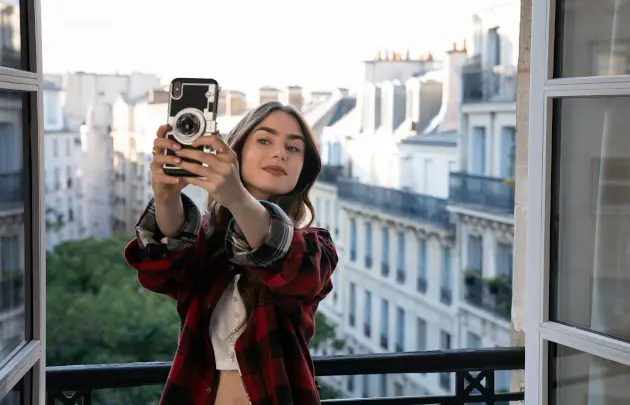
Many local businesses have enjoyed the rise in tourism. For example, La Boulangerie Moderne, a bakery featured in the show, reports that 40% of its customers are there because of Emily in Paris.
Other businesses, like Terra Nera, the restaurant below Emily’s apartment, have also seen a boost in visitors. This influx of tourists has helped some local shops thrive in a time when tourism was badly needed.
Voir cette publication sur Instagram
Frustration Grows Among Locals
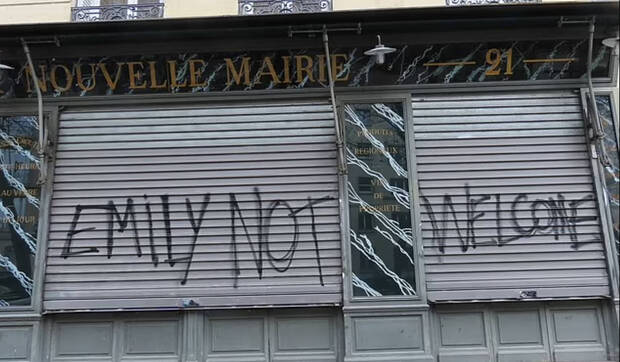
However, not everyone is happy with the effects of the show. Parisians, particularly those living near the filming locations, are growing tired of the constant crowds.
The small streets and cafes that were once quiet are now filled with tourists taking selfies and posing in front of places like Terra Nera and the Place de l’Estrapade fountain.
Some residents have even compared the fans of Emily in Paris to an “invasion of imbeciles,” according to French newspaper Le Monde.
Voir cette publication sur Instagram
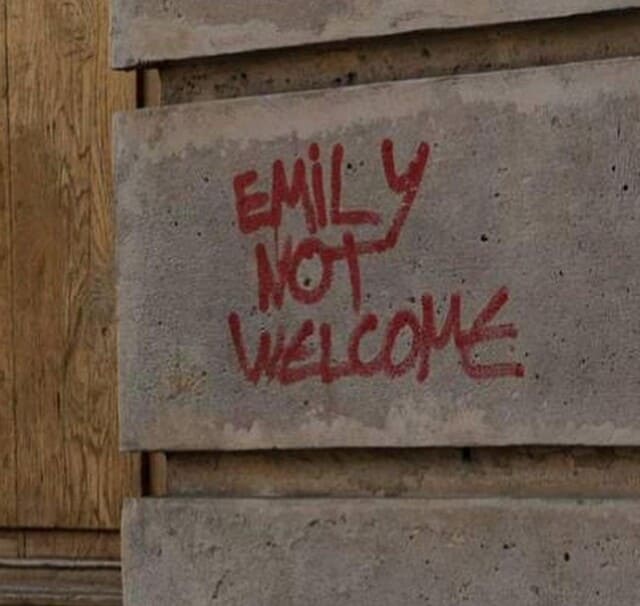
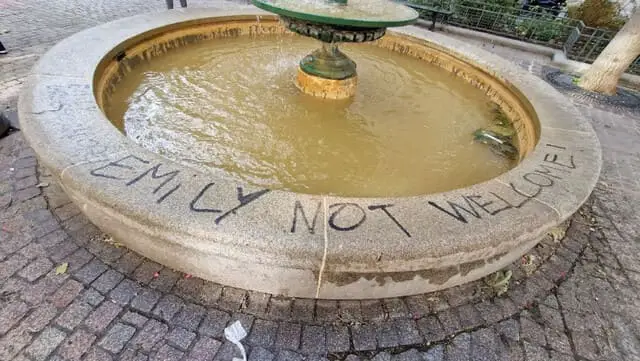
Graffiti has appeared around these locations, showing just how frustrated locals have become.
Messages like “Emily Not Welcome” and “South Paris is not yours” have been spray-painted on the shutters of cafes and stores.
Even the shutters of La Boulangerie Moderne and other small businesses in the area have been tagged with similar phrases.
The complaints are not just about the crowds, but also about how the show represents Paris. Julie Seguin, a 27-year-old Parisian, described Emily in Paris as “worse than cliché” in an interview with NBC News.
She felt that the show made fun of French people and presented an unrealistic view of Parisian life.
In the show, Emily lives a luxurious lifestyle and wins over the locals despite not speaking French, something many Parisians find completely unrealistic.
Critics argue that the series presents a Paris that feels more like a fantasy than the real city.
The Clash Between Fantasy and Reality
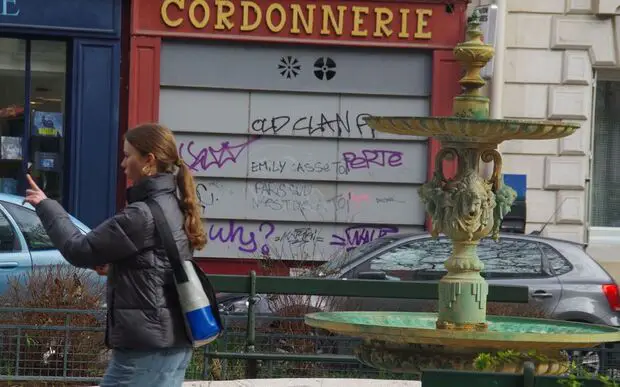
A major reason for the backlash is the disconnect between how Paris is portrayed in Emily in Paris and the reality of daily life in the city.
The show presents a glamorous, picture-perfect Paris where everything seems romantic and exciting.
However, for locals, the reality is much different.
Streets in some areas can be dirty, rude waiters aren’t uncommon, and the charm that tourists expect often clashes with the challenges of living in a big city.
This gap between expectation and reality has even been named the “Paris Syndrome.”
This phenomenon occurs when visitors, expecting the idealized version of Paris they’ve seen in shows and movies, are disappointed by the actual experience.
They may find dirty streets, crowded sidewalks, and impatient locals instead of the romantic city they imagined.
In the case of Emily in Paris, the fantasy is particularly strong. Emily doesn’t speak French, yet she manages to thrive in Paris and live in a beautiful apartment in a charming square.
This unrealistic portrayal can be frustrating for Parisians who feel the show presents a shallow, surface-level version of their city.
A Superficial Kind of Tourism
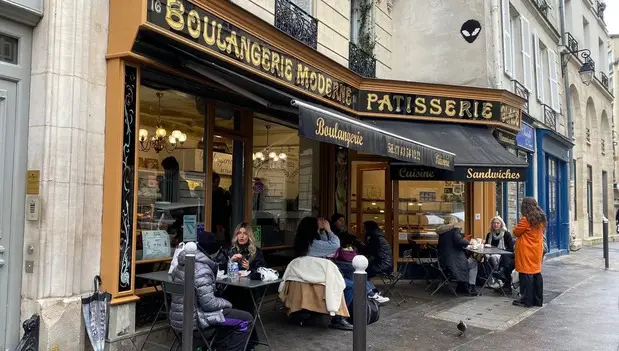
Another issue is the kind of tourism the show encourages. Critics say that Emily in Paris promotes what some call “Instagram tourism,” where visitors are more interested in taking perfect photos than in actually experiencing the city.
Tourists might come to Paris to see the locations featured in the show, snap a few pictures, and leave without ever really engaging with the culture.
Voir cette publication sur Instagram
This type of tourism can make it hard for residents to go about their daily lives.
In 2021, Le Monde reported that locals in the Place de l’Estrapade area were frustrated by the constant presence of tourists, making it difficult to park or walk through their own neighborhood.
The once peaceful square is now full of fans with selfie sticks, turning the area into what some locals describe as a theme park.
Voir cette publication sur Instagram
What’s Next for Paris and Its Visitors?
As Emily in Paris moves into its fourth season, it’s clear that the divide between tourists and locals is only growing.
While some businesses are benefiting from the attention, many Parisians are feeling overwhelmed by the sudden surge of visitors.
The show’s portrayal of the city continues to spark debate, with some arguing that it promotes an unrealistic view of Paris while encouraging a superficial kind of tourism.
For Americans who have visited Paris before, this raises an important question: Is the Paris they love the same as the one shown in Emily in Paris?
While the show may offer a fun, romanticized version of the city, it’s worth remembering that the real Paris is much more than just a backdrop for Instagram photos—it’s a vibrant, complex city full of life, history, and culture.

With a passion for travel and having visited over 50 countries, Dorian is eager to share his favorite spots and expert tips to help you explore Paris and France like a local.

